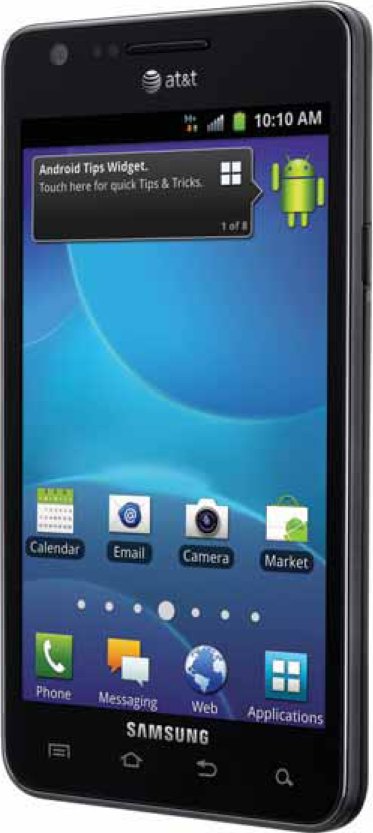Aluminosilicate glass in the form of Gorilla® Glass is a culture changing material because our interactions with the world are increasingly taking place from behind a piece of glass, in the form of mobile phones, tablets, computers and TVs. Aluminosilicate is harder and more scratch resistant than polycarbonate, and increasingly it is being used to create display panels on technologies with touch capability. Our interactions with touchscreen devices are facilitated by materials that are able to withstand day-to-day scratches and yet are also thin and strong enough to fit into slim devices. And if the future is to be driven by data, then glass will start to replace even more materials.
The chemical strengthening process – know as the ion exchange process – plus the 20 per cent aluminium oxide within aluminosilicate glass is what propels ordinary soda-lime glass into a being a super glass with superior strength, resulting in the thinner glass that is used for display technologies. It is six times stronger than untreated soda-lime glass, it can bend like plastic, is scratch resistant and, because it is so strong, less glass is used and so it is much lighter than conventional glass. As one of the most prominent aluminosilicates, Gorilla® Glass – which is produced by Corning Glass®, who have been at the heart of many innovations in glass such as Pyrex® – is driving innovation in various display technologies and enabling interaction with data in previously unexplored applications.
Image: Samsung Galaxy with Corning® Gorilla® Glass

Key features
•Superior scratch resistance
•Good flexing strength
•Superior strength
•Thinner and therefore lighter weight
•Excellent chemical resistance
•Only available in sheet form
Sources
Widely available from limited number a suppliers.
Sustainability issues
The lighter weight of this glass means that for automotive applications in particular it can contribute to more fuel-efficient driving.
Production
The nature of the chemical treatment process for sheets of aluminosilicate glass means that production is limited to processing methods that start with a sheet. Printing, laser cutting, folding and, to a degree, compound curves can be achieved with these materials. Sheets can also be laminated with each other and with plastics for enhanced strength.
Typical applications
Not limited to screens for phones, tablets and laptops, sheets of strengthened aluminosilicate can also be used glazing in automotive applications such a sun-roofs, display screens and glazing. In these applications the main advantage is weight saving. It can also be applied to kitchen appliances, such as fascias for refrigerators to take advantage of its scratch resistance and interactivity, and a range of interior applications including screens and elevator interiors to reduce weight.
Derivatives
Gorilla® Glass.
| + | – |
|
–Light and thin –Good scratch resistance –Excellent strength –Excellent chemical resistance –Versatile |
–Only available in sheet form –Relatively expensive |
